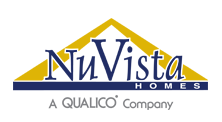
Most Canadians aren't used to saving up for things.
Virtually anyone can get a credit card these days and we rarely save up for big purchases anymore. Of course coming up with at least 5% percent of the cost of your new home might be an exception which is what the Canadian rules insist on. Most first time buyers will need to come up with at least $10,000, and generally more to obtain the home of their dreams!
The best option is to have 20 percent for the down payment. This practically ensures that you’ll qualify for the home you want and you won’t have to pay for mortgage insurance which will add to the cost. Plus there are also a few advantages of using the builders lender of choice that 's worth investigating.
We know this is a lot of money to save up. The positive side is that there are ways to borrow money for that down payment, you just need to decide if this is the right option for you.
Does borrowing money effect
getting a mortgage?
What ever avenue you use to borrow the money, you'll increase your debt load in the end. You’ll have to make a monthly payment on that loan as well as making your mortgage payment.
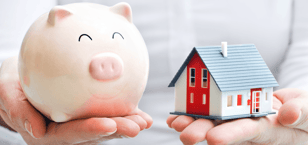
Actually, this will decreases the amount of money that you can borrow for your new home.
The bank decides how much money they can lend you, based on how much debt you pay each month. Each lender might use a different formula, but a general rule of thumb is that they’ll want your total monthly debt payments – including your mortgage payment – to be less than 30 or 40 percent of your monthly income. Lenders will decrease the amount they’ll allow you to borrow by the amount you have to pay back for your loan.
For example, a personal bank loan might be a way to acquire your down payment, but only if it doesn't negatively impact your credit score. Talking to a mortgage professional to get an affirmative answer is the smart approach, as banks will examine your financial situation to ensure that you are capable of handling any additional debt load, especially if you’re planning to take out a mortgage for a home purchase, on top of the personal loan. However, this personal loan will affect how much you are allowed to borrow for your mortgage.
For instance, let’s say that if you had the full down payment, the bank would allow you a mortgage that had a $2,000 monthly payment. If you need to borrow the down payment, though, and the payment on that down payment loan is $200 each month, the bank will then only approve you for a mortgage that has a $1,800 monthly payment.
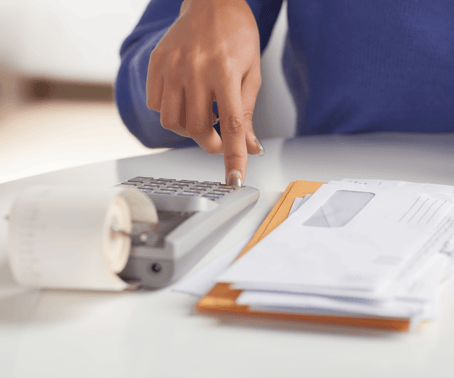
Lines of Credit or a Home Equity Loans
Homeowners who are thinking of upgrading or downsizing using a home equity loan or line of credit will be happy to know this is a viable option.
As it usually it takes several months for a home to be built, you’ll have to make monthly payments on the loan until you pay it off. In addition, you'll be able to continue to live in your current house while you wait for possession day and the process is fairly easy.
However, most people simply pay the full amount of the loan off after they sell their home. This means that you won’t have the additional loan payments once you move into your new home.
Unsecured Credit Sources
You might wonder about taking out an unsecured loan such as a personal loan from the bank or getting a cash advance through your credit card. Actually these type of loans often come with high-interest rates and you'll need to have a very high credit score to even qualify. Don't be shocked if the lender asks how you plan on spending the money, and you may be denied if they find out you’re going to use it as a down payment on a home.
It's just not a wise idea to take out an unsecured loan to pay for your down payment unless you’re expecting an annual bonus or inheritance in a few months but want get a great deal on a new home now. Considering the risks, it might be smarter to just wait.
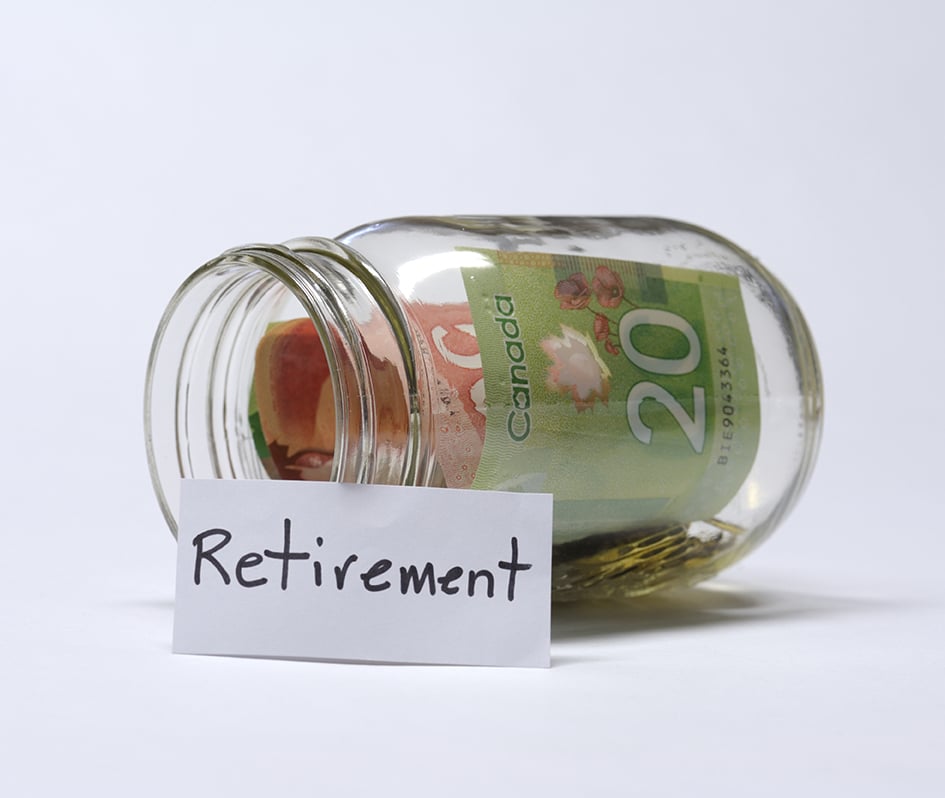
Can You Borrow From Your RRSP?
Yes this is an option! First-time home buyers can access the equity the way that current homeowners can, but there’s a great option through Canada’s Home Buyers’ Plan. Through this program, the government allows you to borrow up to $35,000 from your registered retirement savings plan (RRSP). Married couples would then have access to up to $70,000 if each partner borrows the maximum amount.
A bonus for utilizing this plan is that you don’t have to start making payments on the loan until the second year after you borrow the money. The loan must be paid back within a 15 years period but it’s tax-free. Of course you can pay it back sooner which is always the best option.
Saving up $200 here - $500 there does feel like it takes forever and it can be disheartening. It's hard to miss out on home ownership versus paying rent which only pays off someone else's mortgage and builds their equity. Borrowing a down payment is a great option for some buyers, but it’s important to examine all of the advantages and disadvantages before you make a decision.
